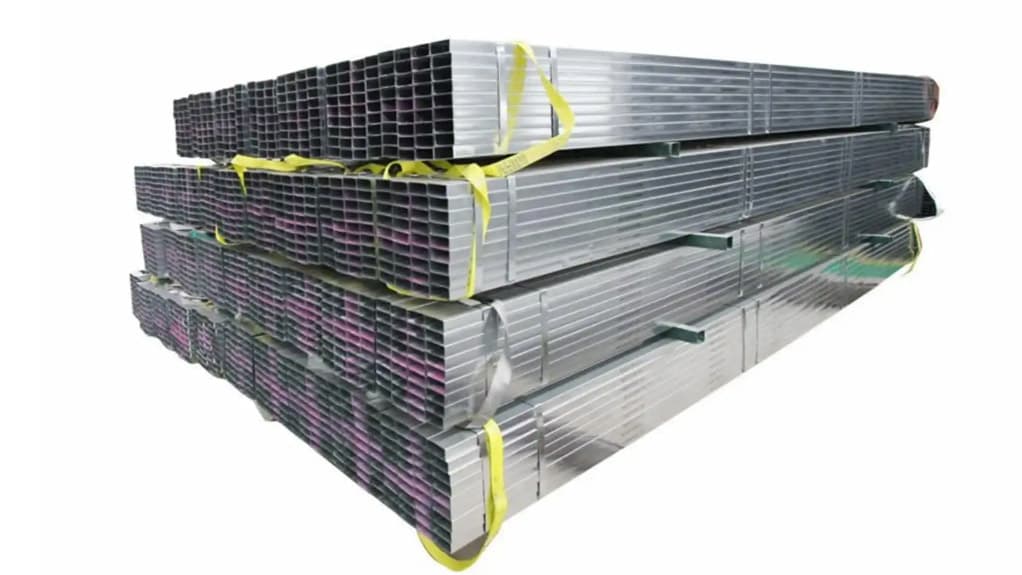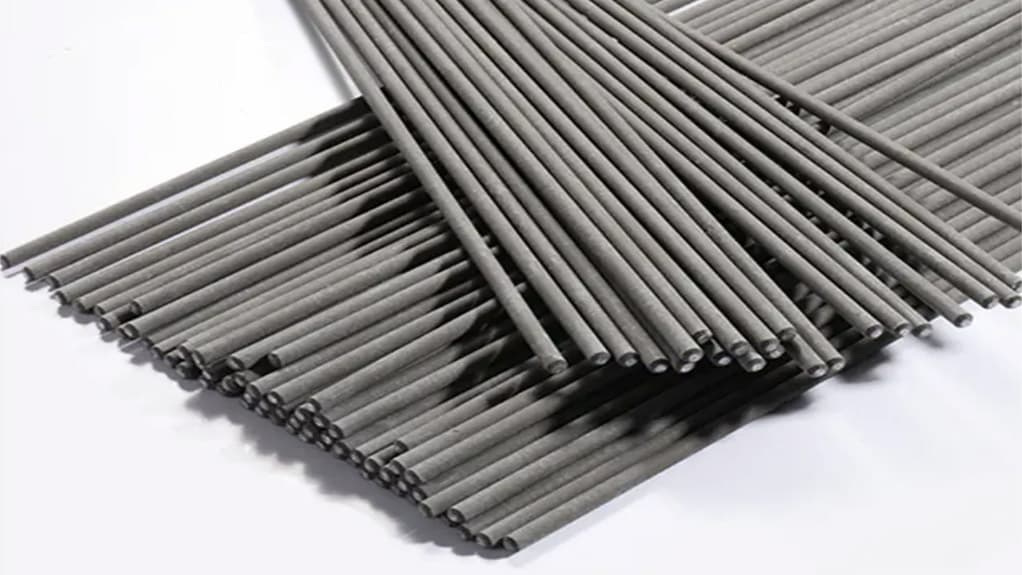Comparison Table
| Property | Mild Steel | Stainless Steel |
|---|---|---|
| Composition | Primarily iron and carbon | Iron and chromium |
| Ductility | High (easy to shape and bend) | Lower compared to mild steel |
| Corrosion Resistance | Low (susceptible to rust) | High (resistant to rust) |
| Cost | Generally more affordable | More expensive due to chromium content |
| Common Uses | Construction projects, automotive parts | Kitchenware, medical instruments, outdoor railings (like those from Unity Metal) |
| Maintenance | Requires protective coating to prevent rust | Low maintenance due to corrosion resistance |
Table of Contents
Introduction
Hey there, fellow steel enthusiasts! Today, we’re going to tackle a topic that’s been the subject of many a heated debate in the world of construction and manufacturing – the epic face-off between stainless steel and mild steel. If you’ve ever found yourself in a hardware store, staring at rows of steel products and wondering which one to choose for your project, then this post is for you! We’re going to dissect the differences between these two types of steel, so the next time you’re faced with a steel dilemma, you’ll know exactly what to do.
Steel, in all its forms, is a material that’s deeply woven into the fabric of our daily lives. From the vehicles we drive to the buildings we inhabit, steel is everywhere. But, as we’re about to discover, not all steel is created equal. Understanding the nuances between stainless steel and mild steel can make a world of difference in your projects.

Understanding Steel
Before we dive headfirst into the specifics, let’s take a moment to appreciate steel in all its glory. Steel is an alloy, which means it’s a concoction of iron mixed with other elements. The type of steel we end up with is determined by the elements used and their proportions. It’s this versatility that makes steel such a superstar in the world of materials.
Steel has made a name for itself in a wide range of industries, from construction and automotive to appliances and even art! Its strength, durability, and versatility make it a go-to material for a variety of applications. But as we’re about to find out, not all steel is created equal.
What is Mild Steel?
First up, let’s talk about mild steel. Mild steel, also known as carbon steel or plain carbon steel, is a type of steel that’s primarily composed of iron and carbon. It’s called “mild” because it has a relatively low amount of carbon compared to other carbon steels.
Mild steel is known for its impressive ductility. In layman’s terms, this means it can be bent and shaped without breaking, which makes it a popular choice for many construction projects. Think of it as the yoga master of the steel world – it’s all about flexibility and strength!
However, mild steel does have a kryptonite – rust. Its high iron content makes it susceptible to corrosion when exposed to moisture. But don’t worry, a protective coating can help keep the rust at bay.
What is Stainless Steel?
Now, let’s turn our attention to stainless steel. Stainless steel is a bit of a show-off in the steel family. It’s made up of iron and chromium, and it’s the chromium that gives stainless steel its superstar status.
The chromium in stainless steel forms a protective layer on the surface of the steel, which prevents it from rusting. This means that stainless steel items, like those shiny railings from Unity Metal, can withstand the elements without losing their luster.
But it’s not all sunshine and rainbows. Stainless steel is generally less ductile than mild steel, which means it’s harder to work with. It’s also more expensive due to its chromium content. But for many, the durability and corrosion resistance of stainless steel outweigh these drawbacks.
Comparing Mild Steel and Stainless Steel
So, how do mild steel and stainless steel stack up against each other? Well, it’s like comparing apples and oranges – they’re different in their own ways.
In terms of physical properties, mild steel is more ductile, which means it’s easier to work with. On the other hand, stainless steel is more durable and resistant to corrosion, thanks to its chromium content.
When it comes to cost, mild steel is generally more affordable than stainless steel. But remember, the initial cost is just one part of the equation. You also need to consider factors like maintenance and lifespan.

Choosing Between Mild Steel and Stainless Steel
Choosing between mild steel and stainless steel comes down to your specific needs. If you’re looking for a cost-effective material that’s easy to work with, mild steel might be your best bet. But if you need something that can withstand the elements and last for years, stainless steel is the way to go.
For instance, if you’re installing railings in an outdoor setting, stainless steel would be a great choice. Brands like Unity Metal offer a range of stainless steel railings that are not only durable and corrosion-resistant but also aesthetically pleasing.

Conclusion
In the battle of stainless steel vs mild steel, there’s no clear winner. It all comes down to what you need for your specific project. Mild steel, with its ductility and affordability, is a great choice for many applications. But for projects that require durability and corrosion resistance, stainless steel comes out on top.
Remember, the best steel for you is the one that meets your specific needs. So whether you’re team mild steel or team stainless steel, you’re a winner in our book!
FAQs
1. What is the main difference between stainless steel and mild steel?
The main difference lies in their composition and properties. Mild steel is primarily composed of iron and carbon, while stainless steel contains iron and chromium. This difference gives stainless steel its corrosion-resistant properties.
2. Is stainless steel more expensive than mild steel?
Yes, stainless steel is generally more expensive due to its chromium content. However, its durability and low maintenance often justify the higher cost.
3. Which is more ductile, stainless steel or mild steel?
Mild steel is more ductile than stainless steel, making it easier to work with, especially in applications that require the material to be shaped or bent.
4. Is mild steel susceptible to rust?
Yes, mild steel is susceptible to rust due to its high iron content. It often requires a protective coating to prevent corrosion.
5. Can stainless steel rust?
While stainless steel is more resistant to rust than mild steel, it can still corrode under certain conditions, such as exposure to high-concentration saltwater or certain chemicals.
I hope this blog post has helped shed some light on the stainless steel vs mild steel debate. Remember, the best choice depends on your specific needs and the requirements of your project. Happy building!
